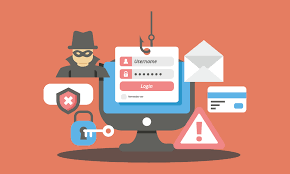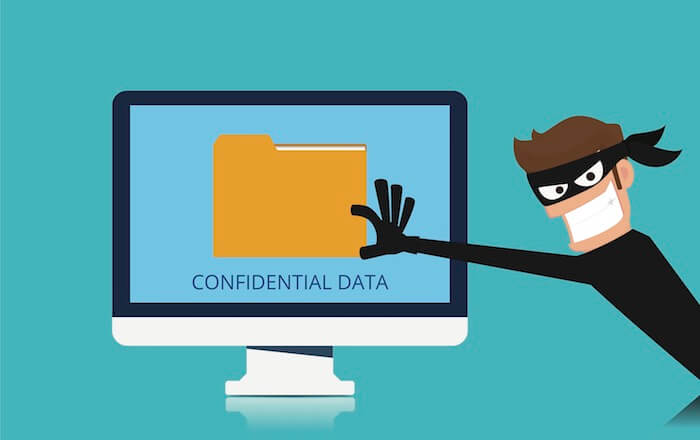GDPR Data Breach Report
GDPR Data Breach Reporting: How to Act in the Event of a Security Breach
Complying with the General Data Protection Regulation (GDPR) is a priority for companies collecting and processing personal data. However, despite security measures in place, data breaches can still occur. In this article, we examine data breach reporting under the GDPR and provide guidance on how to respond effectively and in compliance with legal requirements. Discover the key steps to take to address a security breach while maintaining SEO compliance.
Understanding the GDPR Data Breach Report:
Data breach reporting refers to the legal obligation for companies to report security breaches that impact the rights and freedoms of data subjects. According to the GDPR, a data breach is defined as any breach of security leading to the destruction, loss, alteration, unauthorized disclosure of, or access to, personal data.
Data Breach Identification and Assessment:
When a data breach is suspected or confirmed, the first step is to conduct an internal investigation to identify the nature and extent of the breach. It is essential to assess the potential risks to the rights and freedoms of the individuals concerned, including taking into account the sensitivity of the data and the likelihood of harm.

Notification of data protection authorities:
Under the GDPR, certain data breaches must be notified to the relevant data protection authorities within 72 hours of discovery. This notification must include detailed information on the nature of the breach, the categories of data affected, the number of individuals affected, and the measures taken or planned to address the situation.
Communication to the persons concerned:
In addition to notifying authorities, it is generally necessary to communicate the data breach to affected individuals when it poses a high risk to their rights and freedoms. This communication must be clear, concise, and provide guidance on the measures affected individuals can take to protect themselves.

Response and corrective measures:
Once a data breach has been identified and reported, it is critical to take prompt corrective action to mitigate risks and prevent future breaches. This may include securing systems, updating internal procedures, training staff, and implementing additional security measures to strengthen data protection.
Monitoring and documentation:
Throughout the data breach reporting process, it is important to maintain accurate records of all actions taken. This includes documenting the steps taken, decisions made, communications made, and corrective actions implemented. This documentation can be crucial in demonstrating compliance with GDPR requirements in the event of a subsequent audit or investigation.
Importance of SEO in Data Breach Reporting:
In addition to complying with legal obligations, it's also important to consider SEO aspects when reporting a data breach. Transparency and clarity in communication are essential to reassure users and maintain trust online. Be sure to use relevant keywords in your communications to make it easier for those affected to find information. This will also provide additional resources and guidance to help users protect themselves and take necessary action.
Reporting a data breach under the GDPR is a crucial step in protecting the rights and freedoms of data subjects. By understanding the legal requirements and following the key steps of reporting, assessing, notifying, and taking corrective action, organizations can effectively address security breaches while complying with SEO guidelines. Transparency, clear communication, and implementing enhanced security measures will help maintain user trust and ensure adequate protection of personal data in accordance with the GDPR.

